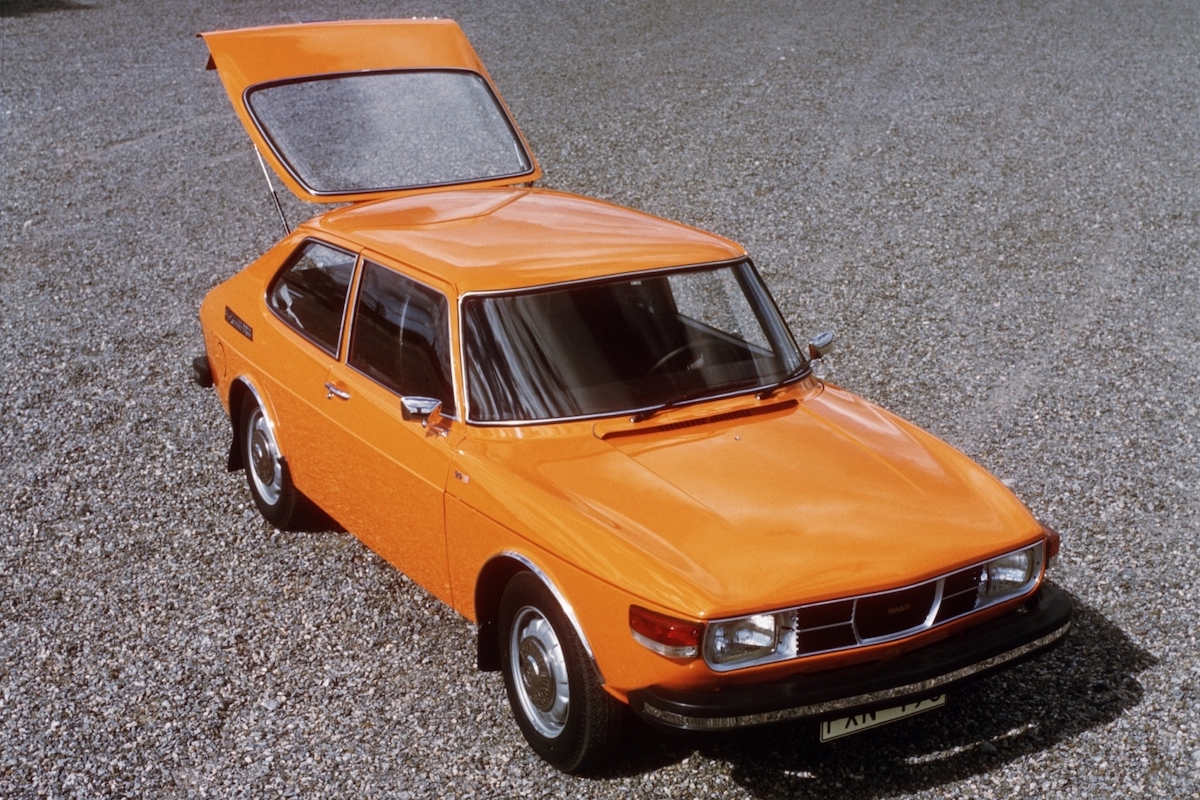Despite its small size and geographical isolation, Australia has a uniquely saturated car market. There are over 50 different mainstream brands active in Australia – not to mention the countless tuning houses, bespoke manufacturers and importers that also add to the rich mix of cars on our roads.
But not every brand can survive such a competitive market. Over the years, brands have come and gone, with the automotive landscape in constant flux. Some brands have departed the Australian market because they’ve gone bust globally, like Leyland, Saab or Studebaker.
Others, like Opel, Daihatsu or Smart, still produce or sell cars in other markets but no longer maintain an Australian presence, leaving any cars that made their way Down Under as ‘orphans’. Whatever the case, there’s a surprisingly large number of ‘orphan’ car brands in Australia.
Despite the somewhat depressing name, orphan cars are often an incredibly attractive proposition. Not only are they a little bit left of field; rare by virtue of their orphan status, but they’re often priced incredibly competitively. For example, you can pick up a good condition Rover 75 for around $7,000, which compared to its competitors from the same era – such as the BMW 5 Series, Mercedes-Benz C-Classes or the Jaguar X-Type – is a pretty good deal. But what’s the catch?
DMARGE spoke exclusively with Carsales Editor-in-Chief Mike Sinclair, who suggests that orphan cars can often be a gamble.
“The biggest issue with orphan cars is finding parts,” Sinclair relates. If there’s no longer a dealer or aftersales network to support the cars, it can be a real hassle if anything goes wrong… And some of these cars left the Australian market precisely because reliability was an issue.
“Saab parts [for example] are pretty easy to find, because they had a good dealer network. But Rovers? The Rover K series engines in the Rover 75 are grenades… Good luck.”
View this post on Instagram
It’s also worth being wary of cars that might not be from an ‘orphan’ brand, but because of importing or manufacturing quirks, they stand out in their class. A good example is the Holden Piazza. Only sold for two years in Australia between 1986 and 1987, the Piazza might have had a Holden badge but it was actually an Isuzu. The Giorgetto Giugiaro-designed liftback coupé was both incredibly expensive and received negative reviews for its dodgy handling, and so wasn’t a sales success back in the day.
Combine that with a short sales run and a lack of local parts (unlike its Commodore or Camira stablemates, it was made in Japan as opposed to Australia) and the Piazza has all the makings of an orphan car, despite coming from a mainstream badge.
Time will tell if all Holdens then become orphan cars, now that GM is shuttering the brand – although by virtue of Holden’s large historical sales network and legacy of domestic manufacturing, things won’t be as dire for Holden owners as, say, Geely owners.
RELATED: Timeless Bondi Beach Photo Unearths Forgotten Era Of Australian Motoring
Whether or not a car is considered an ‘orphan’ is quite subjective, and is often a matter of time. Holden might not be considered an orphan car brand in 2020, but in twenty years time when parts and support have dried up, it might be a different story.
Virtually any car from any manufacturer, if old or rare enough, will be a pain to look after. Toyota might be the world’s biggest auto maker and they still maintain a sizeable presence in Australia, but you’ll still struggle to find parts for a Corona or 2000GT.
But the reality is that not all reasons to purchase a car are practical ones. No-one buys a Nissan R35 GT-R because they need all of its 400-odd kilowatts… So if you see an orphan car that takes your fancy, don’t be dissuaded. Just don’t buy a PT Cruiser. That’s taking things a step too far.
